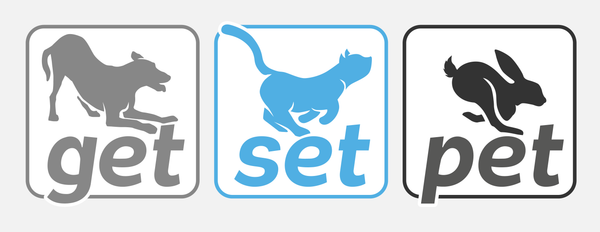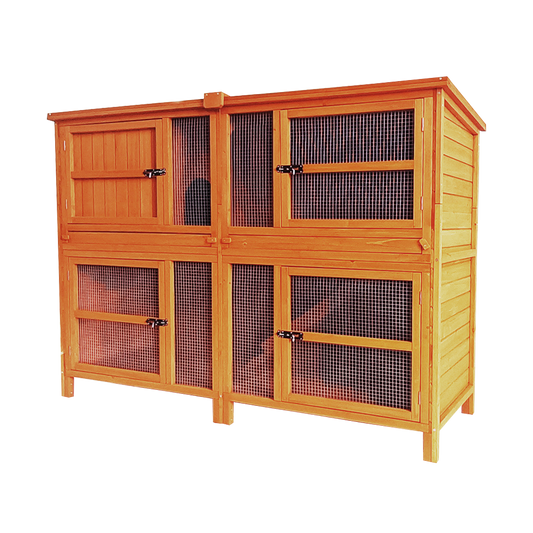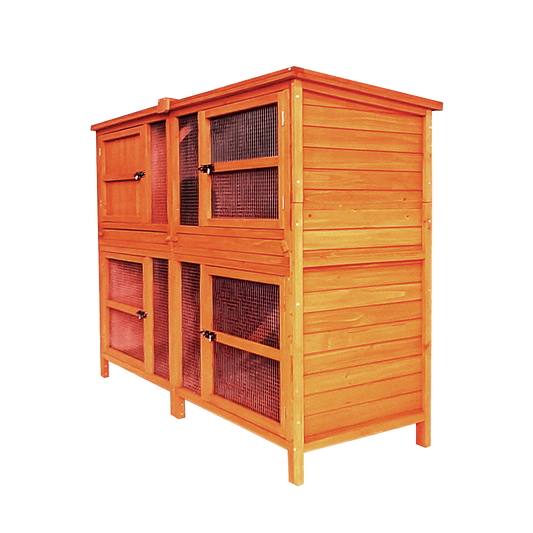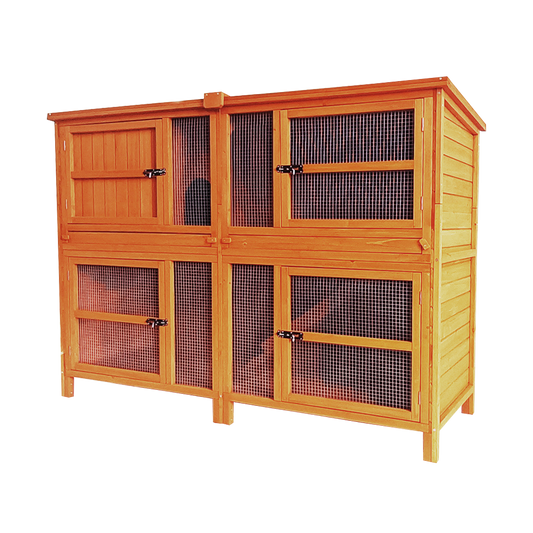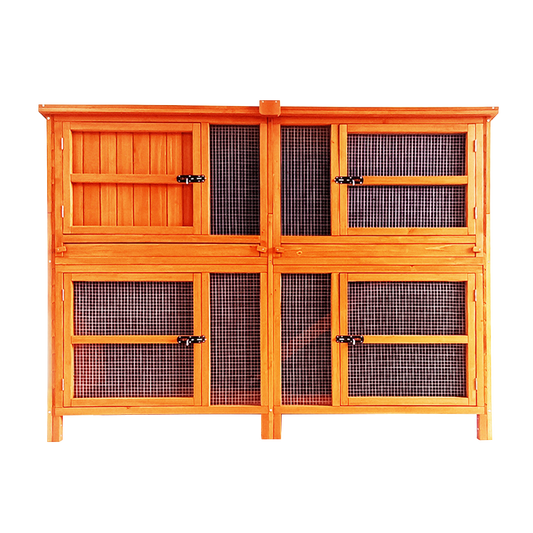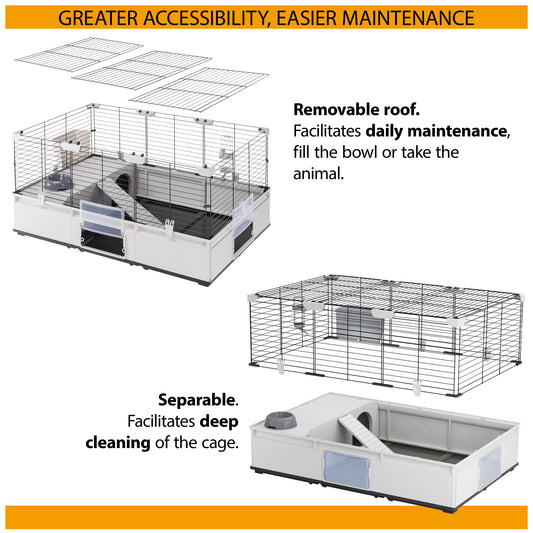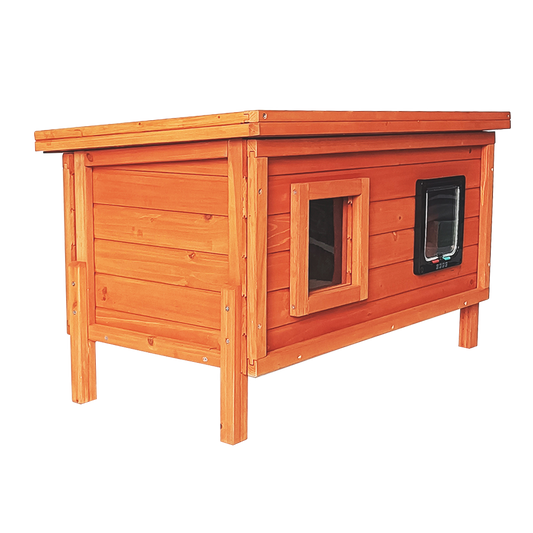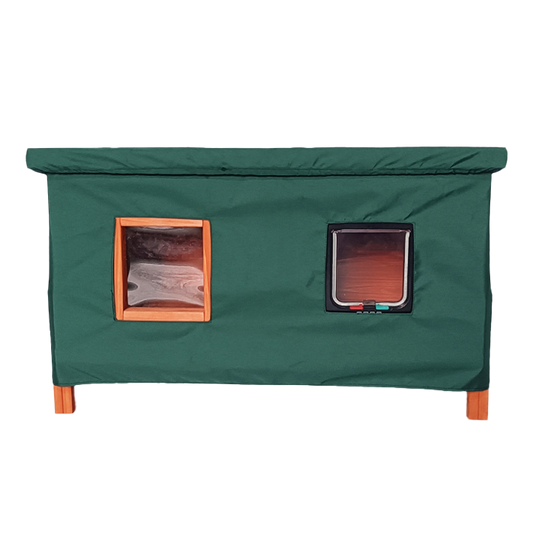Pet health professionals all agree on the detrimental impact overweight and obesity has on the lives of our cats and dogs. Obesity is associated with the development of other conditions such as joint disease, diabetes mellitus, urinary disease, skin disease and tumours. It will therefore come as no surprise that owners of overweight cats and dogs have been found to spend more on health care costs than owners whose pets are at an ideal weight. However, what may surprise you are the hidden costs associated with obesity.
Overweight cats and dogs may have a reduced life expectancy, with studies indicating that it may be as much as 2.5 years less in overweight dogs and just under 2 years in cats. Helping your pet to maintain an ideal bodyweight is therefore an important step in supporting their overall health. But, what can we, as pet owners, do to help improve the lives of the animals we love?
Recognising The Problem
In a 2019 survey by the Pet Food Manufacturers Association (PFMA), 67% of owners admitted they were not concerned about obesity, whilst 68% of owners think their pet is exactly the right size. Every cat and dog is an individual and like us so is their body shape. A technique called Body Condition Scoring (BCS) can help you to recognise if your pet is underweight, overweight or at ideal weight. BCS assesses the individual pets shape by looking at, and feeling, three key areas of the pet’s body:
2) What waist definition can you see and feel
3) How obvious is their abdominal tuck
If your pet is at ideal weight and shape, you should be able to easily feel their ribs using a feather like touch, be able to see and feel the indentation of their waist behind the ribs and see an obvious abdominal tuck. If you have to apply pressure (even slightly) to feel their ribs, or you can’t see or feel their waist indentation, then there is a strong likelihood your pet is not in ideal shape and it’s time to get help.
Weighing your Pet
Regular weighing has been shown in studies to help reduce weight gain as well as supporting weight loss. Given the importance of regular weigh-ins, it's somewhat surprising that a 2019 PAW report showed that 56% of cat owners and 31% of dog owners don’t know the current weight or Body Condition Score (BCS) of their pet.
Veterinary clinics and many pet shops have walk on scales available for dogs. Keeping an up-to-date record of your cat or dog’s weight in conjunction with their BCS will enable you to know when their weight starts to creep up and take steps to help return them to their ideal weight and shape.
Measuring Food
Measuring cups and scoops are commonly used to measure out the pet’s food ration but can lead to feeding too much or too little. Studies have highlighted the inaccuracies of measuring cups, with results ranging from under feeding by 20% to over feeding by 80%. These inaccuracies are worse for smaller feeding amounts, such as for growing animals, cats and small dogs.
Using digital food scales to weigh out your pet’s daily food ration has two excellent benefits. Primarily ensuring your pet gets the exact number of grams of food, but also ensuring a bag of food will last the correct length of time for your pet, saving you money!
Treats/Extras/Rewards
We all love to give a treat, but those extras all contain calories and maybe contributing to your pet’s weight gain. Dog treats/extras/rewards should make up no more than 10% of your dog's daily food allowance. To help with this always check the calorie content of a treat. A great way to monitor dog treats and extras is to keep a food diary of what your pet eats each day and set aside the number of treats allowed or use part of their measured food kibble as treats.
Interactive Feeding
Rather than feeding your cat or dog using a pet bowl, start using interactive pet feeders or slow down bowls. Not only will this help to slow down fast eaters or busy young pets, but it will also provide an opportunity for you to provide some additional mental stimulation for them. There are now an array of feeders and slow down bowls for both cats and dogs available, but you could also use a homemade one. When introducing this type of feeding, start simple and as your pet becomes more confident, you can then build up the complexity level.
Exercise
It may seem simple, but a lack of exercise may be contributing to your pet gaining weight. An estimated 1.3 million dogs are not walked every day and sadly, around 99,000 dogs are never taken for a walk. When safe to do so, you can allow your dog off-lead to run and encourage them to play. Consider joining a training class that uses a positive reinforcement method.
And what about cats? Even adult cats like to play, so introduce new cat toys on a regular basis. Hopefully after reading this you can see that as the new year starts your pets health is a big priority.
Regular weighing and assessing your pets BCS are a great start to the year in helping to maintain them at ideal bodyweight, and if after reading this you have any concerns, please speak to your vet, pet professional or pet food manufacturer who should be able to give you advice and support.
Check out our range of healthy dog food & cat food.
If you found this article interesting, you may like these:
How to Get Your Dog to Lose Weight Healthily
